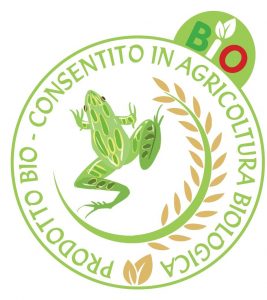- Via Santhià, 5 - 13040 Carisio (VC)
- 0161 97 28 23
- lucaviano68
- info@lucaviano.it
Fluid flesh from enzymatic hydrolysis


Scraps and by-products derived from slaughtering and alimentary fat production, treated with raw materials containing high levels of organic compounds and with enzymes, filtered and concentrated. Contains left-handed amino acids and peptides. This product is entirely water soluble and is stable in normal storage conditions. May be mixed with almost all hydro-soluble products.
Dark amber coloured liquid. Specific weight ca. 1,25-1,28 g/ml. Pumpable. Non-corrosive.
Typical of the product, without foreign odours.
Its diluted form is used in the production of organic and mineral fluid fertilisers and mixtures, or as a direct supply of organic nitrogen in fertilisations and treatments, especially in foliar applications. Do not use in its pure form.
LEAF: 250 – 400 gr / hl
FERTIGATION:
COMBINED WITH HERBICANTS: 5 – 6 Kg / ha
Loosely in lorry-tanks,
| Dry substance (3 hours a 105 °C) | ca. 60 % |
| Total nitrogen (Dumas) | 8,50 % |
| Organic nitrogen (Kjeldahl) | 7,70 % |
| Ammoniacal nitrogen | 0,8 % |
| Organic carbon | 23 % |
| Organic compound | 50 % |
| Chlorides | 5,0 % |
| pH (10 % solution) | 6,5 ca. |
| Median molecular weight | ca. 3.000 dalton |
| Alanine | 5,68 | Lysine | 3,33 |
| Arginine | 2,73 | Methionine | 0,115 |
| Aspartic acid | 3,01 | Fenilalanina | 1,27 |
| Cysteine | Proline5,44 | ||
| Glutamic acid | 7,04 | Serine | 1,32 |
| Glycine | 7,94 | Theorine | 0,746 |
| Hydroxypoline | 3,80 | Tyrosine | 0,158 |
| Histidine | 3,44 | Tryphtophan | 0,086 |
| Isoleucine | 1,11 | Valine | 1,69 |
| Leucine | 2,44 |
© Copyright 2020 – It is forbidden the total or partial reproduction of this site or content without permission.The products and the brands exposed are the property of the respective owners.